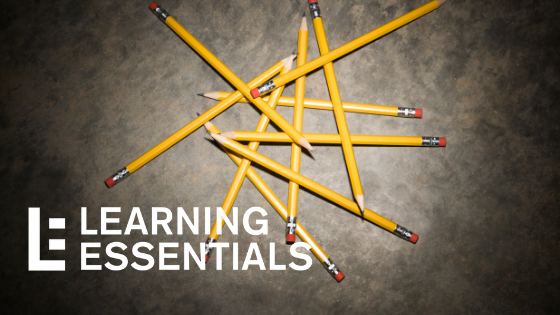Equitable Practices in the Classroom, Part I
Equity is much more than an educational buzzword—it involves the conscious and subconscious decisions and methods that we teachers implement in the classroom every day. Equity is also closely linked to student engagement, performance, achievement, and academic expectations. Because of the serious implications of classrooms that lack culturally responsive teaching, equity has become a major focal point for professional development among educators. Equitable practices are so critical, in fact, that most districts incorporate equity standards in teachers’ evaluations and professional growth systems.
With such an emphasis on equity in education, it is important that teachers know how they can foster and promote equitable practices seamlessly into their instruction and classroom procedures. Many of these strategies fall under “best practices”—strategies that most teachers utilize intuitively every day. However, there are additional efforts that can be made to ensure that equity is at the forefront of our teaching and learning.
Addressing students:
Teachers should work to welcome and address students by name at the door upon entering class. This helps to build a positive classroom climate and ensures that students know they are each cared for and welcome.
Teachers should ask about correct pronunciation and if students have a preferred nickname. Often, students are shy about correcting a teacher’s pronunciation; however, it is important that teachers correctly identify and pronounce students by name to recognize their personal and cultural identities. Over time, when teachers continuously mispronounce a student’s name, it sends an unintentional message that the student’s name is arbitrary, difficult, or complicated. In essence, teachers may be inadvertently “othering” a student by neglecting to correct their pronunciation or drawing attention to the name’s unique qualities.
Teachers may also unknowingly address students by name only when they have done something wrong or are being reprimanded. While unintentional, this habit creates a negative rapport among teachers and students. Instead, teachers should consciously address all students by name when recognizing them for positive behaviors as well.
Student participation:
Best practices include random calling methods to ensure that all students get the opportunity to share in whole group and small group settings. Calling sticks help teachers to truly randomize student participation. This practice fosters equity in a few different ways: it holds all students accountable for learning, and it also establishes the belief that all opinions are valid and everyone’s perspectives matter. Calling sticks also encourage students to maintain focus and engagement because they never know when they will be asked to participate.
Calling sticks and other random calling methods should be used for more than just participation. Teachers can utilize calling methods to encourage students to come up to the board to lead a part of the lesson. Teachers can also use calling sticks to highlight a randomly selected student’s writing, art, poem, math strategy, etc. The key is to allow all students the opportunity to speak, demonstrate learning, ask questions, and receive praise.
Participation during group work or collaborative presentations can provide teachers with another opportunity to build equity among learners. Oftentimes, group work and presentations reward the talkative leaders and participatory over-achievers. Instead of allowing groups to determine who will share out or present, randomize the speaking role. Insist that the group member with the most recent birthday, shortest hair, longest bus ride, most siblings, or most colorful clothing share out. This provides the more quiet, reserved, or reticent group members with the low-risk opportunity to share the group’s work.
Proximity is another method to ensure equity when addressing students, particularly with student behavior. Teachers may subconsciously move toward students who are misbehaving or disrupting; however, it is just as important to use proximity when students are on task and exhibiting positive behavior. Physical proximity, whether addressing positive or negative behaviors, sends the same message to all students—“I see you; I recognize what you’re doing.” When students are “caught” doing something positive, use physical proximity to send that positive message. This subtle recognition helps to build classroom environment and an encouraging climate for students.




